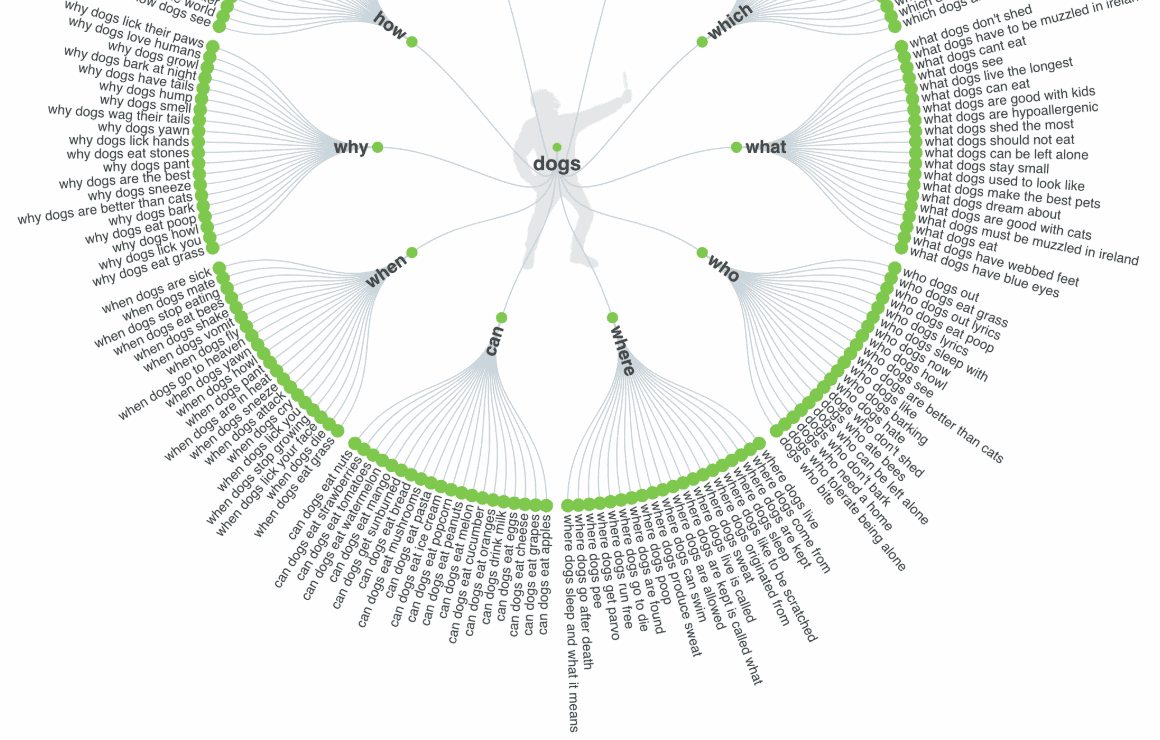Business Opportunities in the Pet Industry sets the stage for this enthralling narrative, offering readers a glimpse into a story that is rich in detail and brimming with originality from the outset. The pet industry has blossomed into a multi-billion dollar sector, drawing entrepreneurs and investors alike. With the increasing number of pet owners and their willingness to spend on quality products and services, the potential for innovative business ideas is vast, ranging from pet grooming salons to specialized food and wellness products.
As we navigate through this dynamic landscape, we will explore various aspects that contribute to the burgeoning opportunities in the pet market. From understanding consumer trends to identifying niche markets, each element plays a crucial role in shaping successful business ventures within this vibrant industry.
Creating a unique and engaging article is essential in today’s digital landscape. With the vast array of content available online, distinguishing your piece is critical to capturing the attention of readers. In this article, we will explore various aspects of crafting compelling written material, from understanding your audience to employing effective writing techniques. ### Understanding Your AudienceBefore you begin writing, it’s crucial to identify the audience you want to reach.
Understanding their interests, preferences, and the challenges they face will help tailor your content to resonate with them. Start by conducting research through surveys, social media analytics, or even interviews. This data will guide the tone, style, and subject matter of your article.### Crafting a Strong HookThe opening of your article is your chance to grab the reader’s attention. A strong hook draws them in and encourages them to continue reading.
This can be achieved through various techniques:
1. Anecdotes
Share a personal story that relates to your topic.
2. Questions
Pose a thought-provoking question that invites readers to ponder.
3. Statistics
Present a surprising fact or figure that highlights the significance of your topic.For instance, if you’re writing about the benefits of meditation, you might start with a startling statistic about stress levels in modern society. This not only informs the reader but also piques their interest in finding out how meditation can help.### Structuring Your ContentA well-organized article is easier to read and understand.
Consider using the following structure:
1. Introduction
Briefly introduce your topic and present your thesis statement or main argument.
2. Body
Divide the body into several sections, each addressing a specific aspect of your topic. Use headings and subheadings to create a clear hierarchy of information. This allows readers to skim and find what interests them most.
3. Conclusion
Summarize the key points made in the article and offer a final thought or call to action.### Incorporating Engaging ElementsTo keep readers engaged, consider incorporating various elements into your article:
1. Visuals
Images, infographics, and videos can reinforce your message and break up large blocks of text.
2. Quotes
Including quotes from experts or relevant figures can add credibility to your content.
3. Lists
Bulleted or numbered lists are easy to read and highlight important information.For example, if you are discussing the steps to create a productive workspace, consider listing each step and providing a brief explanation for each. This not only organizes the information but also makes it more digestible.### Utilizing Best PracticesIn the digital age, it’s essential to optimize your content for search engines.
This ensures your article reaches a wider audience. Here are a few best practices to consider:
1. s
Identify relevant s and phrases that your target audience is searching for. Incorporate these naturally throughout your article, particularly in the title, headings, and first paragraph.
2. Meta Descriptions
Write a concise summary of your article that includes your main s. This will appear in search engine results and can influence whether users click on your link.
3. Internal and External Links
Include links to related articles on your site (internal links) as well as authoritative external sources. This not only boosts credibility but improves user experience by providing additional resources.### Editing and ProofreadingOnce you’ve finished writing, take the time to edit and proofread your article. This step is crucial for ensuring clarity, coherence, and correctness. Here are some tips for effective editing:
1. Take a Break

Step away from your article for a few hours or even a day. This will give you a fresh perspective when you return to it.
2. Read Aloud
Hearing your words can help you catch awkward phrasing or grammatical errors.
3. Seek Feedback
Share your article with a friend or colleague for constructive criticism. They may catch issues you overlooked or offer valuable suggestions for improvement.### ConclusionCreating an engaging article requires careful planning, organization, and attention to detail. By understanding your audience, structuring your content effectively, incorporating engaging elements, and optimizing for , you can craft a piece that not only captivates but also informs.
Remember to dedicate time to editing and proofreading to ensure your final product is polished and professional. In a world filled with content, your unique voice and perspective are what will ultimately set you apart. Happy writing!






